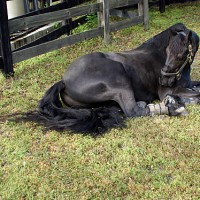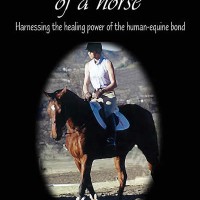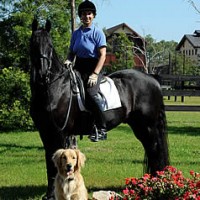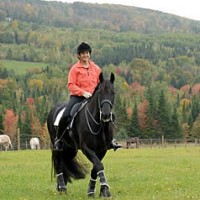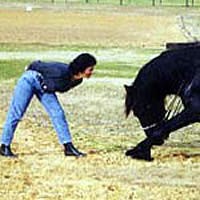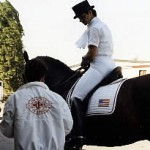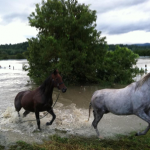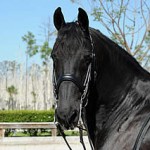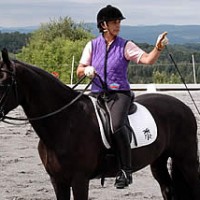
Responsibility. It’s a big part of life. Jane tells her students that their horses should be responsible for their own gaits. They shouldn’t repeatedly ask or nag at their horses, or they’ll just get tuned out and ignored. She says your horse should respond to the first request, and should maintain his or her gait until asked to do something else.
It’s pretty easy for me to get lazy about being responsible for my job. How about you? Have you ever avoided doing those things you know you should be doing? Perhaps it was because you became lazy, or because no one seemed to care one way or another if you got it done? This tendency is why we have leaders or bosses. We often need someone to keep us on track.
A good leader or boss is someone who inspires you to do your best without nagging or shaming. A good leader finds ways to help their subordinates feel important and valued. A poor leader uses punishment or embarrassment to force compliance. A good leader creates a desire to do well. A poor leader makes people unhappy, and is often looking for replacements when their subordinates leave or quit.
